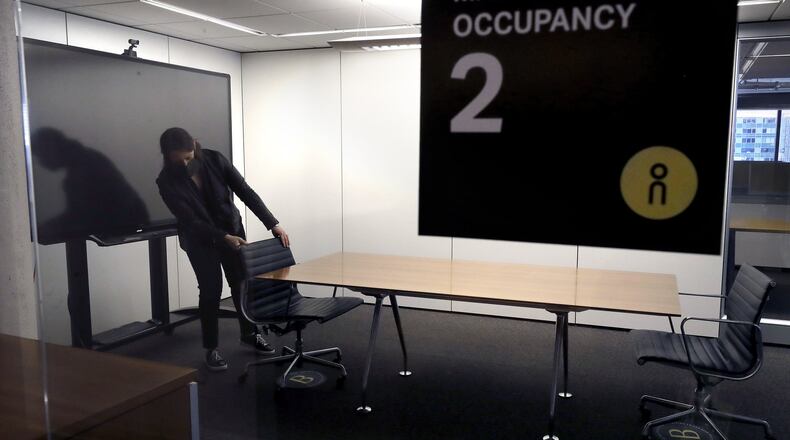Leading the human resources team for a large company always presents unique challenges, so it’s easy for longtime veterans of the industry like myself to feel like we’ve seen it all. One of the most sobering aspects of this pandemic is understanding that while we have experienced some temporary disruptions in the past due to health crises, this is truly unprecedented and requires a level of care and attention to detail that far surpasses any other obstacle HR professionals have had to face in modern American history.
One of the key takeaways I learned from managing employees during pandemics of the past is the speed with which information travels is faster than ever, so it’s up to HR teams to have plans and responses ready to ease the concerns of employees. For example, during the H1N1 pandemic in 2009, I was receiving constant questions from employees who were following the news cycle and instantly trying to translate how that news would directly affect them, with a clear and understandable focus on protecting themselves and their families. While the impact of H1N1 never reached the levels of the current COVID-19 pandemic on our society, it certainly prepared us for the types of questions employees would ask in the face of the next pandemic.
When it comes to efficiency, our work-from-home operation has yielded some surprising results, especially when it comes to our customer care team. While there was initially some concern that customer care would suffer disruptions from only having a “virtual” call center, the opposite has been true. In fact, a member of our leadership team said that in over 30 years of running customer service operations, April marked the first month in his career he didn’t have disciplinary issues due to attendance with a single employee. Given this revelation, should we permanently move our customer care representatives to teleworking? We certainly don’t have enough data yet to come to that conclusion, but again, these are ideas we should be open to as we chart the best path forward for our employees and organizations.
Most of us pursued careers in HR because we value human connections and recognize the importance of building relationships in establishing successful teams. While we have all learned to adapt to video calls and other virtual touchpoints, it’s inevitable that something is lost. It’s admittedly harder to build new relationships remotely, and we likely lose 10% to 15% of the spontaneous collaborations that are likely to occur when employees are in the same shared space. After all, a team of 230 individuals largely working physically together is different than 230 people working toward the same goal from 230 different places.
Deciding how we manage our human capital in a socially distant world – where information is changing rapidly – is admittedly a significant challenge for HR professionals at any organization. That is why it’s more critical now than ever to put people first, wherever that leads us.
Secret Holland is Gas South’s vice president of human resources and community affairs.
About the Author
Keep Reading
The Latest
Featured


